Search
Remove Ads
Advertisement
Summary 
Loading AI-generated summary based on World History Encyclopedia articles ...
Search Results
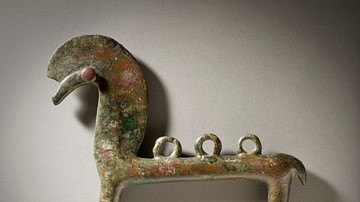
Definition
Villanovan Culture
The Villanovan culture flourished during the Iron Age in central Italy from c. 1000 to c. 750 BCE. It was a precursor of the Etruscan civilization, although the two populations are actually the same and the term Villanovan should not imply...
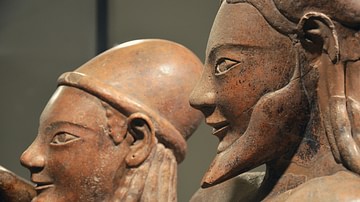
Definition
Etruscan Civilization
The Etruscan civilization flourished in central Italy between the 8th and 3rd century BCE. The culture was renowned in antiquity for its rich mineral resources and as a major Mediterranean trading power. Much of its culture and even history...

Definition
Hallstatt Culture
The Hallstatt culture is named after the site of that name in Austria and it flourished in central Europe from the 8th to 6th century BCE. The full period of its presence extends from c. 1200 to c. 450 BCE - from the Late Bronze Age to the...
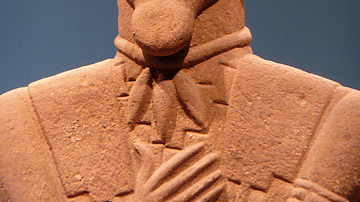
Definition
La Tène Culture
The La Tène culture (c. 450 - c. 50 BCE) is named after the site of that name on the northern shores of Lake Neuchâtel in Switzerland. It replaced the earlier Hallstatt culture (c. 1200 - c. 450 BCE) as the dominant culture of central Europe...
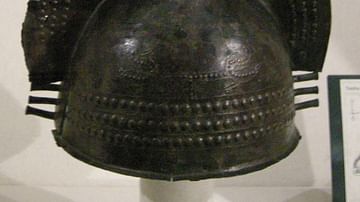
Image
Villanovan Bronze Helmet
A Villanovan bronze helmet, 8th century BCE. Poggio alle Croci necropolis, near Volterra, central Italy. (Museo Guarnacci, Volterra)

Image
Bronze Villanovan Harness Piece
A bronze horse harness piece from the Villanovan culture of central Italy. 9th-8th century BCE. (Los Angeles County Museum of Art)
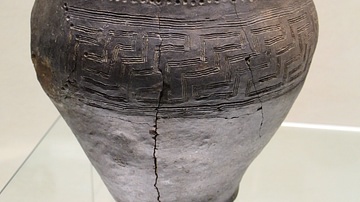
Image
Villanovan Biconical Funerary Urn
A biconical funerary urn with incised decoration from the Villanovan culture of central Italy. From Chiusi, 8th century BCE. (National Etruscan Museum, Florence)
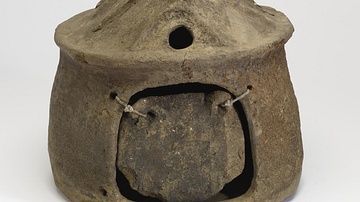
Image
Villanovan House Funerary Urn
A terracotta funerary urn in the form of a house from the Villanovan culture of central Italy. 8th century BCE. (Walters Art Museum, Baltimore, USA)
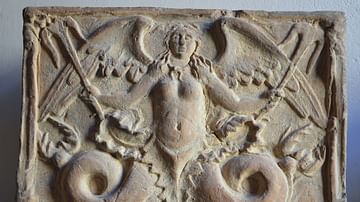
Definition
Ancient Volterra
Volterra (Etruscan name: Velathri, Roman: Volaterrae), located in the northern part of Tuscany, Italy, was an important Etruscan settlement between the 7th and 2nd century BCE. After its destruction by the Romans in the 1st century BCE it...

Definition
Salado Culture
The Salado culture is a term used by historians and archaeologists to describe a pre-Columbian Southwestern culture that flourished from c. 1200-1450 CE in the Tonto Basin of what is now the southern parts of the present-day US states of...